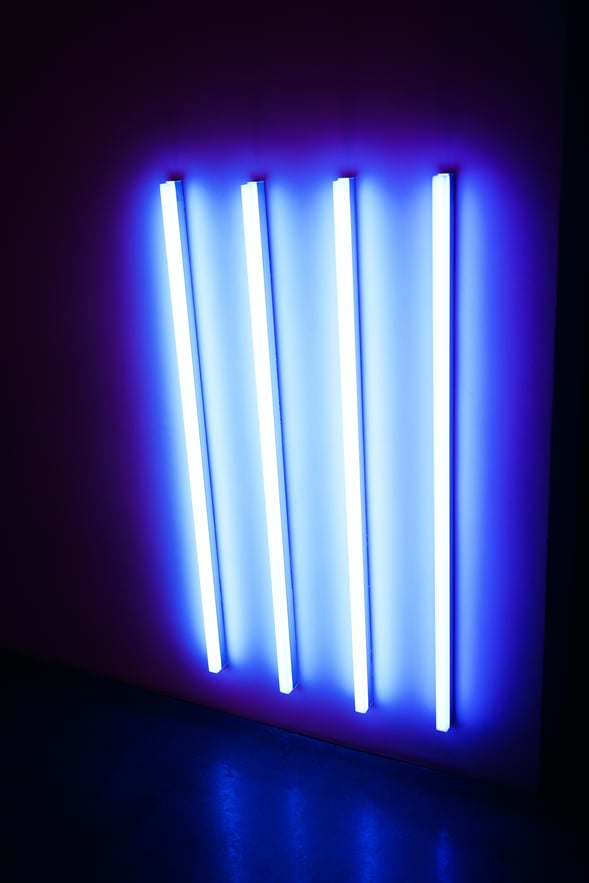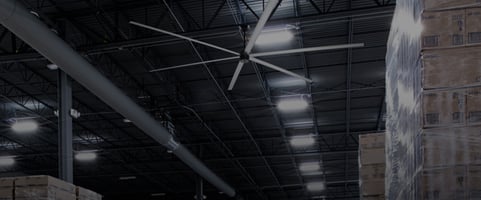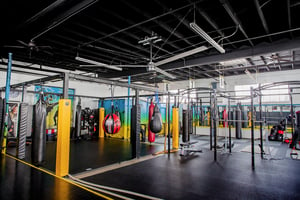When it comes to air quality and preventing circulation of viruses, ventilation is the name of the...
Wings and Beer; UVC Lights and Ceiling Fans – Get the Connection?
There are all kinds of examples of weird connections. Let’s start with Reese’s peanut butter cups. Peanut butter and chocolate work! But how about beer and wings? They’re definitely a good pair, but would you go to your wings vendor for beer? Or your beer vendor for wings? Probably not. The expertise needed to brew good beer won’t help you make good wings. Likewise, the skills needed to cook up a batch of wings won’t do you any good in the beer-making world. Now for a more serious connection - UVC lights and ceiling fans.
UVC Lights and Ceiling Fans

With the pandemic on people’s minds, everybody is taking steps to have the safest environments with the best IAQ. We know from the CDC and other organizations that ventilation is critical for air quality. And we know that HVLS fans can play a big role in helping with ventilation.
We’ve also heard that ultraviolet-C (UVC) lamps can play a role in mitigating virus exposure. But many factors come into play when thinking about using UVC lamps.
The Ins and Outs of UVC Lamps
According to the FDA, UVC radiation is a known disinfectant for air, water, and nonporous surfaces, having been used for decades to reduce the spread of bacteria, such as tuberculosis, and even inactivate certain viruses. But there are serious limitations that can prevent UVC radiation from being able to inactivate viruses.
- Direct exposure: UVC radiation can inactivate a virus only if the virus is directly exposed to the radiation.
- Dose and duration: UVC lamps that aren’t at a high enough dose will require longer exposure to a given surface area to effectively inactivate a bacteria or virus. Because direct UVC exposure to human skin or eyes can cause injuries, requiring longer exposure is highly problematic. The FDA says that the safest way to use UVC radiation to disinfect the air is to put it in air ducts.
- Lamp differences: Lamps emit different wavelengths, which can affect the lamp’s effectiveness at inactivating viruses and can also impact the health and safety risks associated with the lamp.
Combining Fans and UVC Lamps

Given the many complications associated with UVC lamps, seeing fan vendors combine the two technologies into a single offering is cause for concern. Does that vendor have enough expertise on UVC radiation to produce a safe solution with high efficacy? Could I run the risk of spending more for a solution that doesn’t do a good job of mitigating the virus and could result in people having eye burns?
MacroAir’s Solution
MacroAir follows the science of aerobiology to deliver the safest fans in the industry. If you’d like to add UVC lamps to your MacroAir fans, please work with a UVC lamp expert to come up with the safest, most efficacious solution.

